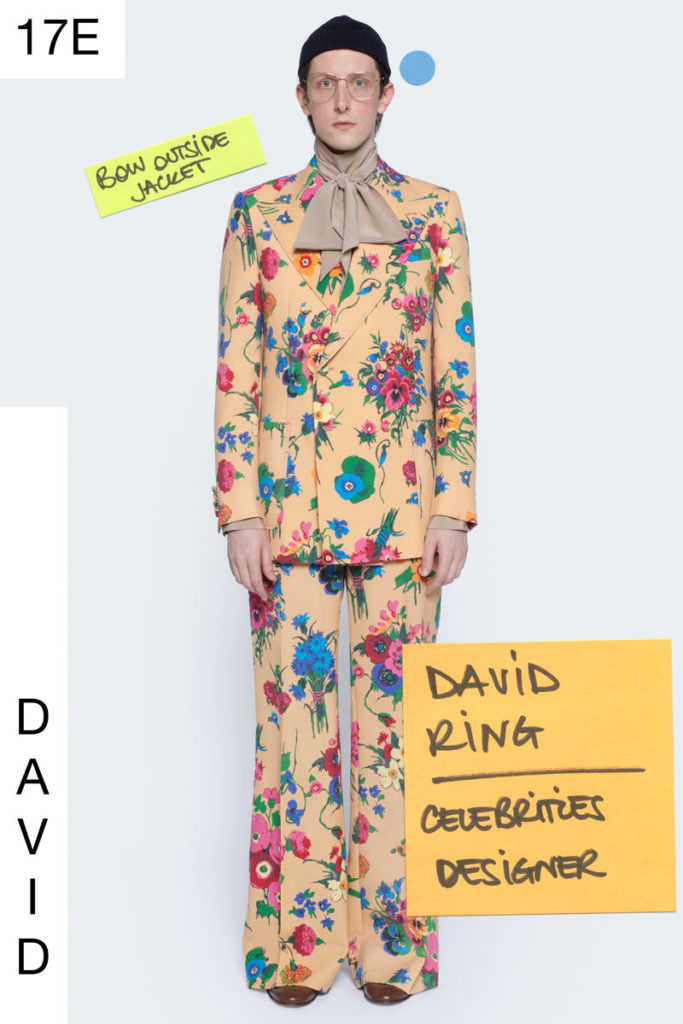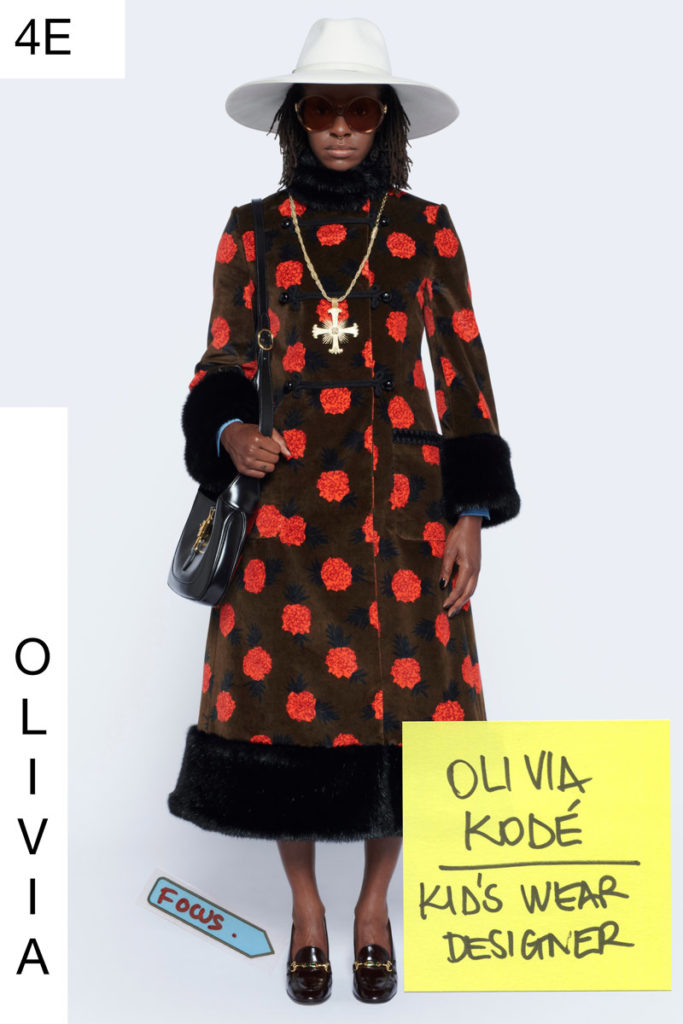In an expertly choreographed emancipation from the traditional fashion system, Gucci goes full circle in an anachronistic preposition to Alessandro Michele’s sacred riot of statements and collective intelligence.
Related: Is This An End? In This Epilogue, Gucci Explores The Story Further With A 12-Hour Live Stream
If for some reason you find yourself watching NASA Earth view and astronaut spacewalk live streams or panda cams broadcasting from god-knows-what-zoo on the planet at some odd hour on YouTube, then you will have drawn a conclusion that despite it being a lingering drawl of the momentary monotony, there is an inexplicable hypnotic effect that brings you in closer. Try as you might, every increment of time ticking away is an opportunity lost to look away, and yet, you just cannot stop watching. It is the same reason why the reality TV version of The Truman Show, Big Brother, is wildly popular and addictive across its many iterations across the world. As voyeuristic as it innately is, these intimate invasions of a space in time are a unique lens into the human experience that spans the whole spectrum of existence from beginning to end.
A heightened psychological study televised for entertainment, it shifts from guilty pleasure to an inadvertent awakening that is typically a mirror of a circumstantial context. Perhaps borrowing from this premise of the outside looking in, Gucci Creative Director Alessandro Michele has taken the greater concept of the fashion fish bowl and magnifying it to a creative concept that not only breaks down the barriers of exclusivity long subscribed to by the old guards of the industry, but defies the very ritual that has held fashion back from considerable progress. “In this sense, the epilogue that I deliver to you today really feels like an overture. A watershed that closes and opens at the same time, a threshold of a new beginning, from which we try to imagine our tomorrow,” he writes in the brand’s accompanying show notes. It’s a process of role reversal, once more. The distances shorten. The creative act becomes exhibition praxis. The inside projects itself outside. The invisible takes its shape, radiating through self-combustion. More than that. This time, my analysis on the mechanisms that regulate the world of fashion intensifies: this reshuffling will be portrayed through an unusual perspective.

“Finally, the epilogue comes, to seal the closure of a trilogy of love. This last movement goes around another short-circuit,” Alessandro Michele continues, tracing the three-part story arc from The Ritual presentation in its theater-in-the-round realization for Fall/Winter 2020 to its model-led disorientation of the fashion system in a campaign shot in quarantine with an abdication of creative control. “What happens to communication when it stops becoming a unilateral act? What does it mean working to foster a chorus-like expressive practice? What happens to the creative product when it escapes predetermination?” he wonders. An accumulated point of reflections in lockdown, the hypothesis that Gucci is proposing in the advent of the pandemic is pretty simple: “It represents the possibility to accomplish my questioning about the world of fashion, through a path that is like a fairy tale in three parts,” the master orchestrator of Gucci expresses. “My fairy tale in three parts wants to generate a questioning about the rules, the roles and the functions that keep the world of fashion going. It’s an inevitably partial investigation, also intentionally deforming: an unbalanced game in which I tried to dismantle the scaffolding, to turn things upside down, to shift the gaze somewhere else, to challenge the grammars through which we try to name the mystery of beauty. It was necessary for me to go down that road brimful of love. It was a road that, while I walked, deposited new questions and stirred things up, producing new intuitions.”
A direct response to the times, Alessandro Michele enjoins the public to join his investigation at the opulent and sprawling Palazzo Saccheti in sun-soaked Rome, setting up a security system that further blurs the line between reality and fiction in the most Gucci way possible. Repelling the traditions of fashion and its prison-like rigors, the brand is taking a more subdued approach to the precision, employing a pragmatism that steps into the verge of a seasonless future. “For a whole day anybody will be able to investigate, thanks to suitably arranged cameras, the process through which the design office will embody Gucci’s new advertising campaign,” he details. “The clothes will be worn by those who created them. The designers with whom, every day, I share the daze of creation, will become the performers of a new story. They will seize the poetry they contributed to mould. They will stage what we passionately imagined”

In this expertly choreographed emancipation, which stands as what will once be known in the rulebook of Gucci as its cruise collection, shocks us with a trunk load of nostalgia in 76 nuanced looks that is vivacious, vibrant, and visceral. Rendered as an analog display of graphics, a score of 8-bit sounds, and an overture of a robotic narration that offers an anachronistic preposition to the machination of Gucci’s sacred riot of statements and collective intelligence, the Epilogue really entrenches itself to a pace of existence that is ultimately hyper aware. Brought to life by the very people that make up the Gucci DNA, there is a necessary loss of idealism as realized by humanized aspect of the visual. With real people and real purpose, it was a welcome overwhelming sense of optical illusions, animated imprints (hello, Doraemon and Donald Duck), and interpretations of inspiration that is inimitably inclusive. As dissonant as it may appear at a gaze, the collection funnels into a storytelling of cohesion with its selection of retro shirtdresses, splashes of spirited sartorial sensibilities, and a distinct gender-fluid exposition.
Promising an epilogue to the fashion narrative of Alessandro Michele, Gucci takes on the future in a unique retrospective. Immersive in its prurient use of behind-the-scenes camera work, it was a moving kind of mundane, which was elevated by the fresh faces and fashion that was rendered in an old-school computer interface. An exhale from many fronts, this was a respite of an effort, from the goings on to the tapestry of whimsical prints, playful colors, and insightful silhouettes that reveal a lived in and settled human perspective–much like the reassuring epilogue of many masterful takes on literature are supposed to be. This story told is clearly no exception to the greats.

















